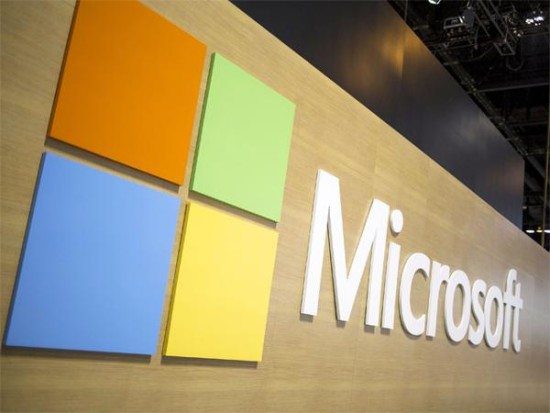It has been reported that tens of thousands of US-based organisations are running Microsoft Exchange servers that have been backdoored by threat actors who are stealing administrator passwords and exploiting critical vulnerabilities in the email and calendaring application. KrebsOnSecurity was the first to report the mass hack. Citing multiple unnamed people, reporter Brian Krebs put the number of compromised US organisations at at least 30,000. Worldwide, Krebs said there were at least 100,000 hacked organisations.
The opinions expressed in this post belongs to the individual contributors and do not necessarily reflect the views of Information Security Buzz.



